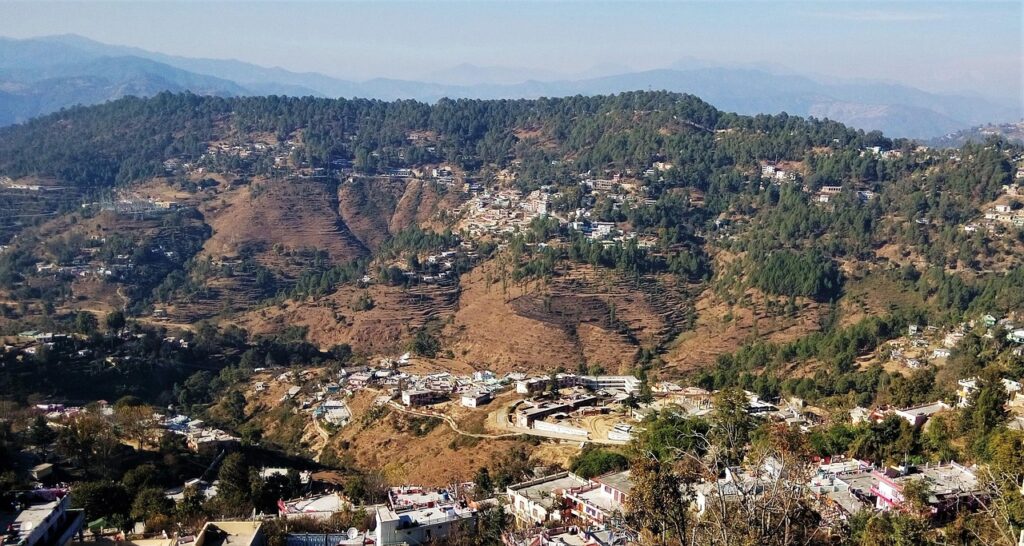Embarking on a spiritual sojourn across the majestic Himalayas is a dream for many devout travelers and nature enthusiasts alike. Among India’s most revered pilgrimage circuits, the Char Dham tours—encompassing Yamunotri, Gangotri, Kedarnath, and Badrinath—stand as a testament to faith, endurance, and transcendental beauty. Tucked within the remote Garhwal region of Uttarakhand, these four sacred shrines beckon thousands each year, seeking divine blessings and the serenity of the high Himalayas. The journey is not merely a religious obligation but a deeply enriching experience that intertwines heritage, devotion, and adventure.
Yamunotri, the first leg of the char dham tours, marks the origin of the revered Yamuna River. Perched at an elevation of over 3,200 meters, it is dedicated to Goddess Yamuna, symbolizing purity and forgiveness. Pilgrims often begin their odyssey here, trekking through rugged trails, pine forests, and gurgling streams. The main temple, nestled amidst snow-capped peaks, is a marvel of simplicity, offering spiritual solace amidst nature’s grandeur. The hot springs of Surya Kund, used for cooking rice as a ritual offering, lend a unique charm to the Yamunotri experience.
The next destination is Gangotri, the sacred source of the River Ganges, worshipped as the goddess Ganga. Located at 3,100 meters, the Gangotri Temple stands tall in white granite, enveloped by towering deodars and the thundering Bhagirathi River. According to legend, King Bhagirath’s penance here led to the descent of the Ganga from heaven. Modern char dham tours often include stops at scenic points like Bhairon Ghati and Harsil, enhancing the experience with their tranquil beauty and mythological associations. The trek to Gaumukh, the actual source of the Ganges, is an option for the more adventurous pilgrims, adding a dimension of spiritual endurance to the journey.
Kedarnath, the third Dham, holds profound significance among Shaivites as one of the twelve Jyotirlingas. Towering at an elevation of 3,583 meters, the ancient Kedarnath Temple is set against a backdrop of towering snow-covered peaks and the Mandakini River. The journey here is particularly challenging, with a 16-kilometer uphill trek from Gaurikund being the only access route for most. However, the sense of accomplishment and spiritual fulfillment on reaching the temple is unparalleled. The 8th-century temple, attributed to the Pandavas, resonates with chants and bells, casting an aura of mysticism that defines char dham tours in the truest sense.
Badrinath, the final jewel in this sacred circuit, is dedicated to Lord Vishnu and is the only Dham of the four included in both the Char Dham and the All-India Char Dham circuits. Set at 3,133 meters in the picturesque Alaknanda Valley, the town of Badrinath is vibrant with religious fervor and scenic charm. The temple’s façade of bright colors and towering spires is both inviting and imposing. Mythology narrates that Lord Vishnu meditated here while Goddess Lakshmi protected him from the cold in the form of a Badri tree. The spiritual significance of Badrinath is enhanced by the beauty of Tapt Kund, a natural hot water spring, and the Neelkanth peak that looms over the temple like a silent guardian.
Modern char dham tours are designed to accommodate both the spiritual intent and the physical comfort of travelers. With enhanced infrastructure, helicopter services, and eco-conscious facilities, the pilgrimage has become more accessible than ever before. Yet, the journey still retains its sanctity and emotional weight. Tour operators often curate packages ranging from ten to fifteen days, combining traditional rituals with local sightseeing, cultural immersion, and nature exploration. Whether it’s the temple rituals performed at dawn, the humbling sight of glaciers and rivers, or the simple joy of sharing stories with fellow pilgrims, each moment enriches the soul.
The best time to undertake char dham tours is from late April to early November, when the temples remain open and the weather is relatively stable. During this window, the Himalayas display their vibrant palette—rhododendrons in bloom, cascading waterfalls, and verdant meadows dotting the landscape. While monsoons can bring travel disruptions, they also add a mystical charm to the terrain. Travelers are advised to prepare physically and mentally, as high altitudes and challenging terrains demand resilience and acclimatization. However, the hardship is often viewed as part of the penance, amplifying the spiritual gains of the yatra.
Beyond their religious allure, char dham tours also offer a profound connection with India’s rich cultural tapestry. The Garhwal Himalayas are steeped in ancient lore, echoing tales from the Puranas, Mahabharata, and Vedic hymns. Local traditions, village customs, and Himalayan hospitality enrich the pilgrimage, making it a multidimensional journey of the heart and mind. Visiting ancient shrines, partaking in local cuisines, listening to folk music, or even meditating in the solitude of the hills—all these experiences weave a vibrant narrative that transcends mere travel.
In an era marked by fast-paced living and digital distractions, the char dham tours stand as a reminder of India’s spiritual heritage and the timeless quest for inner peace. As you trace the footsteps of sages and seekers from Yamunotri to Badrinath, you are not merely visiting temples but embarking on an inward journey—one that challenges, transforms, and uplifts.

In conclusion, the char dham tours offer more than a pilgrimage; they promise a transformative expedition through faith, geography, and culture. From the serene beginnings at Yamunotri to the divine culmination at Badrinath, the journey spans not just physical miles but also spiritual milestones. Whether you are a pilgrim, a traveler, or a seeker, this odyssey through the heart of the Himalayas is bound to leave you changed—humbled by the mountains, uplifted by devotion, and inspired by the timeless rhythm of nature and divinity.











